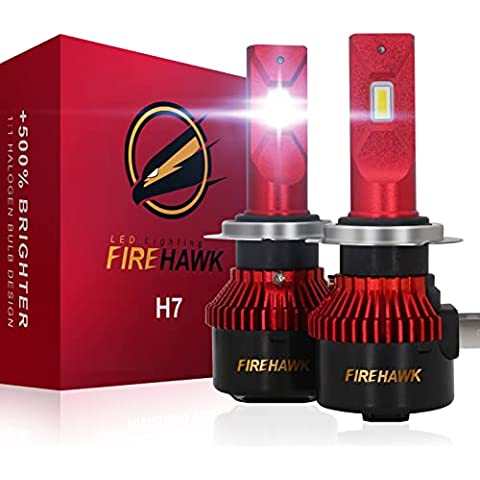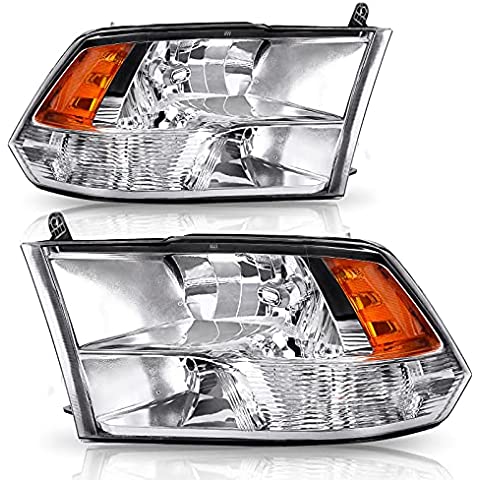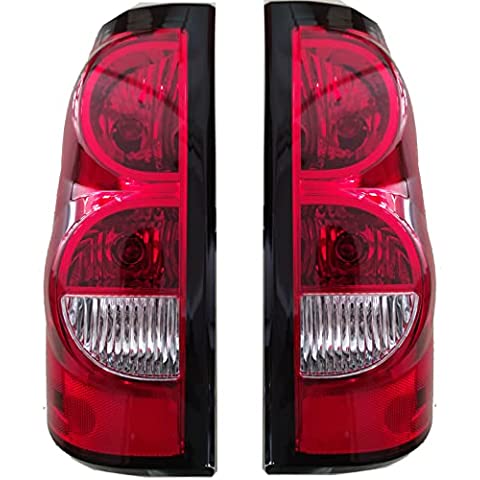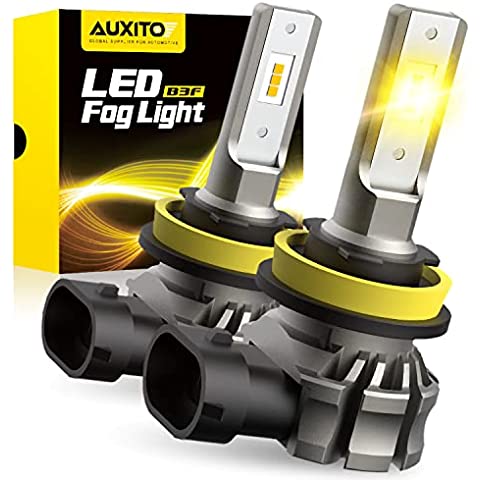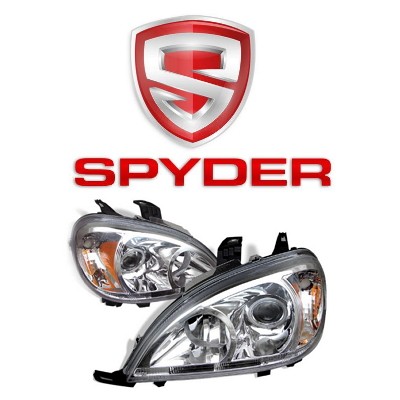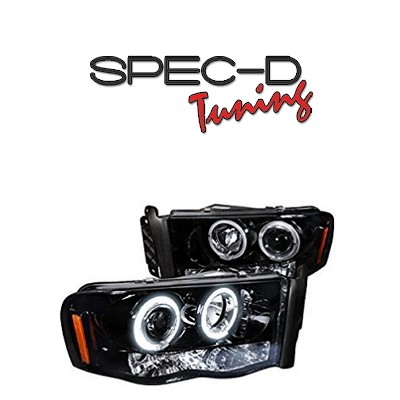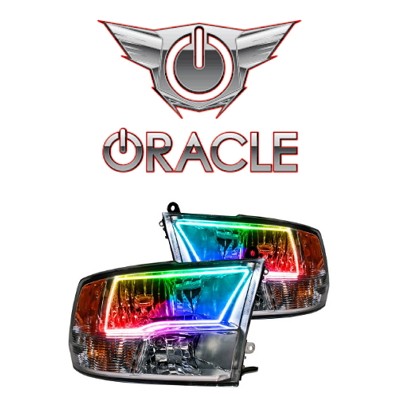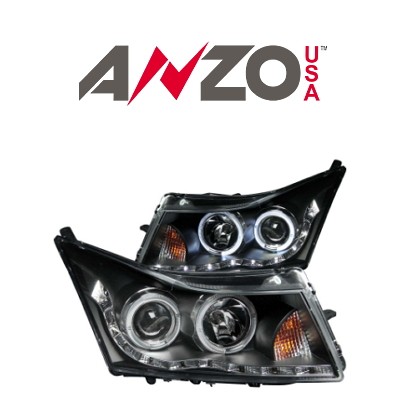When it comes to upgrading your vehicle’s lighting, replacement tail lights are a popular choice for both aesthetic and safety reasons. As we head into 2025, the automotive lighting industry is buzzing with innovative technologies and products that cater to diverse consumer preferences. Whether you’re a car enthusiast eager to enhance your ride’s visual appeal or a general consumer interested in safety and efficiency, this guide will help you navigate the top-rated replacement tail lights available.
Top-Rated Replacement Tail Lights for 2025
The landscape of automotive lighting is evolving rapidly, with 2025 set to introduce a host of advanced tail light options. Here, we explore standout products from leading brands and emerging manufacturers, each offering unique features to suit various needs.
Specific Product Details
- Philips X-tremeUltinon LED Tail Lights: Known for their exceptional brightness and durability, these LED tail lights boast a lumen output of 2,000 and a lifespan of up to 12,000 hours. Released in early 2025, they offer superior energy efficiency and are DOT-approved for on-road use.
- Sylvania ZEVO LED Tail Lights: Sylvania continues to impress with its ZEVO line, combining sleek design with advanced technology. With a wattage of 25W and a release scheduled for mid-2025, these tail lights are ideal for those seeking a modern aesthetic without compromising on performance.
- OSRAM Night Breaker Laser Tail Lights: These tail lights are set to hit the market in late 2025, featuring a unique laser-etched design that enhances visibility. With a lumen output of 2,500, they promise enhanced safety while maintaining a stylish look.
Comparative Analysis
When comparing LED, HID, and halogen technologies, LEDs remain the frontrunner for replacement tail lights in 2025. LED tail lights, such as those from Philips and Sylvania, offer superior energy efficiency, longer lifespan, and enhanced brightness compared to traditional halogen options. According to data from the National Highway Traffic Safety Administration (NHTSA), LED lights also improve visibility, thereby reducing the risk of accidents. In contrast, HID lights provide high-intensity illumination but may require more maintenance and are often less energy-efficient.
Trends for 2025
The year 2025 is poised to witness significant innovations in automotive lighting. Smart headlights and adaptive or matrix lighting systems are gaining traction, offering dynamic lighting control that adapts to road conditions and traffic. Eco-friendly options are also on the rise, with manufacturers focusing on reducing energy consumption and environmental impact. Market projections suggest a 15% increase in consumer interest in energy-efficient lighting solutions by 2025, driven by growing environmental awareness and regulatory support.
User-Friendly Approach
For those interested in a DIY approach to replacing tail lights, it’s essential to choose products that come with clear installation instructions and required tools. For example, the Philips X-tremeUltinon LED Tail Lights can be installed with a basic screwdriver and socket set. Ensure the new lights are DOT-approved to comply with U.S. legal standards for on-road use.
Appeal to a Broad Audience
Understanding the complexities of automotive lighting can be daunting, but it’s crucial for informed decision-making. LED technology, for instance, uses semiconductor diodes to emit light, offering advantages like lower power consumption and longer lifespan compared to traditional lighting methods. For those less familiar with technical jargon, think of LEDs as the long-lasting, cost-effective, and brighter alternative to typical car lights.
For purchasing, leading U.S. retailers such as AutoZone and advanced online marketplaces offer a wide range of replacement tail lights. These platforms provide comprehensive product details, customer reviews, and competitive pricing for a seamless buying experience.
Engaging Structure
In conclusion, upgrading your tail lights in 2025 is not only about enhancing your vehicle’s appearance but also about improving safety and efficiency. With a variety of options available, it’s important to consider factors such as technology type, energy efficiency, and legal compliance. Whether you opt for Philips, Sylvania, OSRAM, or another brand, ensure your choice aligns with your specific needs and preferences. For more information, explore expert reviews, consumer feedback, and detailed product specifications to make an informed decision. Happy driving!

